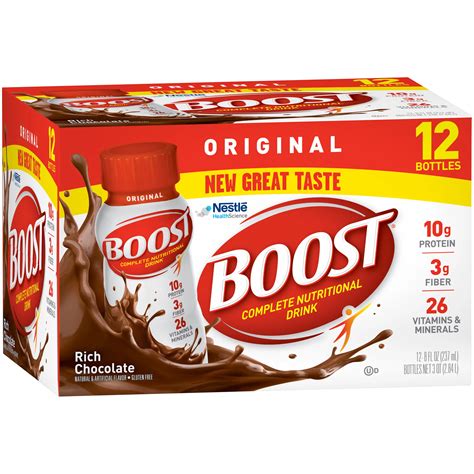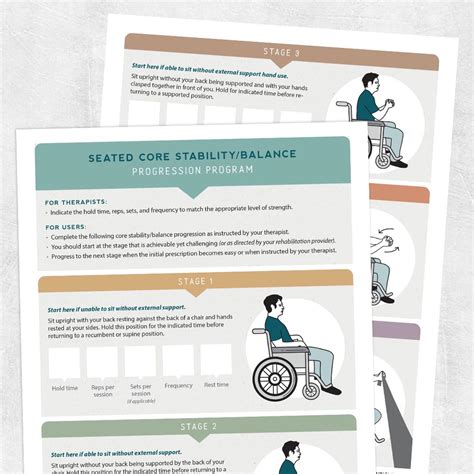Boost functional strength beyond lifts for peak daily performance?

Unlocking True Strength: Beyond the Barbell
In the pursuit of fitness, many of us diligently hit the gym, focusing on isolating muscles with standard lifts like bench presses, squats, and deadlifts. While these exercises are undeniably effective for building muscle mass and raw power, they often fall short when it comes to preparing our bodies for the unpredictable demands of daily life. This is where functional strength comes into play – a critical component of fitness that empowers us to move with ease, efficiency, and resilience in every activity, from lifting groceries to playing with kids or navigating uneven terrain.

What is Functional Strength, Really?
Functional strength isn’t just about how much you can lift; it’s about how well your body works as a cohesive unit to perform real-world movements. It involves training your muscles to work together across multiple joints and planes of motion, mirroring the complex actions we perform daily. Think about the acts of twisting, reaching, pushing, pulling, bending, and carrying – these all require coordination, balance, stability, and power that go beyond single-joint isolation exercises.
Traditional strength training often focuses on sagittal plane movements (forward and backward). However, daily life demands movement in frontal (side-to-side) and transverse (rotational) planes as well. Functional training deliberately incorporates these multi-planar movements, preparing your body for the holistic range of motion it will encounter outside the gym.
Why Traditional Lifts Aren’t Always Enough
While a strong squat certainly translates to better leg power, it doesn’t automatically mean you’ll have perfect balance when carrying a heavy box up a flight of stairs or the agility to quickly change direction. Many gym exercises, while valuable, tend to stabilize the body for you, limiting the need for your core and smaller stabilizing muscles to engage fully. For instance, a leg press machine supports your back, reducing the core activation needed during a free-weight squat or lunge.
Functional training shifts the focus from isolated muscle groups to integrated movement patterns. It emphasizes building a strong foundation, particularly through the core, which acts as the power center for almost all functional movements. This integrated approach not only improves performance but also significantly reduces the risk of injury by strengthening the stabilizing muscles that protect your joints.

Key Principles of Functional Training
To truly build functional strength, consider these core principles:
- Multi-Joint Movements: Engage multiple joints and muscle groups simultaneously, mimicking natural human movement (e.g., a squat to overhead press).
- Multi-Planar Training: Incorporate exercises that move you not just forward/backward, but also side-to-side and with rotation.
- Core Integration: Emphasize exercises that require significant core stabilization and engagement throughout the movement. Your core is your body’s control center.
- Balance and Proprioception: Challenge your balance to improve your body’s awareness in space, leading to better stability and coordination.
- Real-World Application: Choose exercises that simulate tasks you perform in everyday life or specific sports.
Exercises to Boost Your Daily Performance
Ready to move beyond the fixed machines? Here are some examples of exercises that are staples in functional strength training:
- Kettlebell Swings: A powerful hip-hinge movement that builds explosive power, core strength, and cardiovascular endurance.
- Turkish Get-Ups: A full-body, complex movement that improves shoulder stability, core strength, and coordination.
- Medicine Ball Slams/Rotational Throws: Develop explosive power and train rotational core strength, crucial for many sports and daily tasks.
- Carries (Farmer’s Walk, Suitcase Carry): Excellent for building grip strength, core stability, and overall muscular endurance.
- Bodyweight Circuits: Movements like squats, lunges, push-ups, planks, and burpees, especially when performed dynamically, build integrated strength.
- Plyometrics: Jump squats, box jumps, and broad jumps enhance explosive power and agility.

Integrating Functional Strength into Your Routine
You don’t need to abandon your traditional strength training entirely. Instead, integrate functional movements to complement your routine. Consider:
- Warm-ups: Start with dynamic stretches and bodyweight functional movements.
- Main Workout: Replace some isolated exercises with multi-joint, multi-planar options.
- Finisher: Incorporate a short circuit of functional exercises at the end of your workout.
- Active Recovery: Use light functional movements on rest days to improve mobility and circulation.
Focus on proper form over heavy weight, especially when starting. As your movement patterns improve, you can gradually increase resistance.

Benefits Beyond the Gym Floor
The advantages of building functional strength extend far beyond impressive gym numbers. Expect to experience:
- Reduced Risk of Injury: Stronger stabilizing muscles and improved movement patterns protect your joints and spine.
- Improved Posture: A stronger core and balanced musculature naturally lead to better alignment.
- Enhanced Athletic Performance: Whether it’s running, swimming, or playing a sport, functional strength translates directly to better power, agility, and endurance.
- Greater Ease in Daily Tasks: Lifting, carrying, pushing, and pulling become less strenuous and more natural.
- Better Balance and Stability: Crucial for preventing falls, especially as we age.
- Increased Quality of Life: Enjoy everyday activities more fully and maintain independence longer.

Conclusion: Embrace a Holistic Approach to Strength
While traditional lifting has its place, true peak daily performance comes from a more holistic approach to strength training. By consciously incorporating functional movements that mimic real-world activities, you’re not just building bigger muscles; you’re building a more capable, resilient, and efficient body. It’s about empowering yourself to tackle life’s physical challenges with confidence and grace, making every movement a testament to your newfound, practical strength. Start integrating functional training today and feel the difference in every step, lift, and twist of your day.









